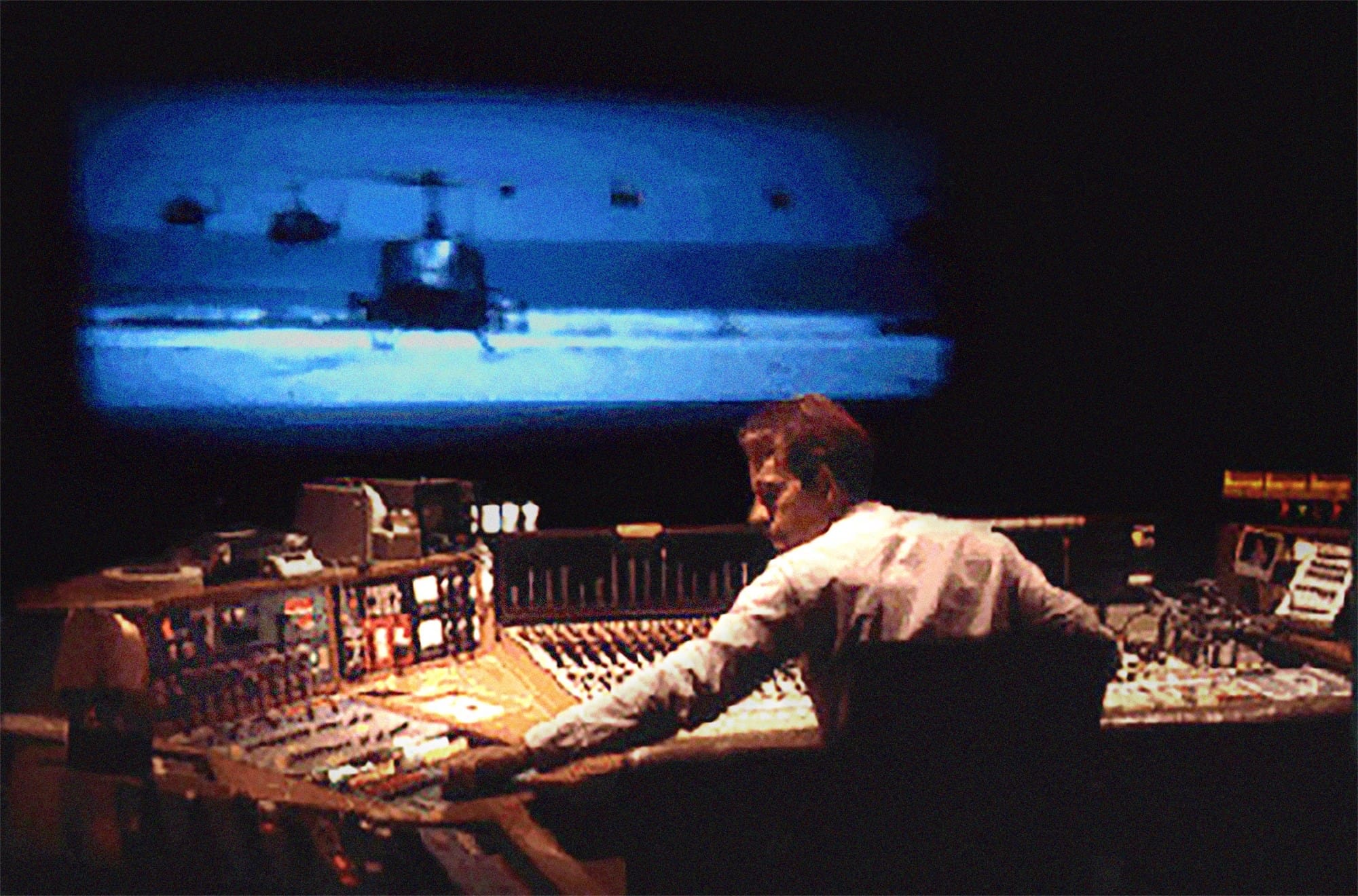
Sight unseen, Making Waves: The Art of Cinematic Sound seems like it’s for film nerds only. Directed by Midge Costin and written by Bobette Buster, it assembles clips from movies like Star Wars and Saving Private Ryan and interviews with filmmakers and experts in all aspects of soundwork to examine the history of sound in movies. It’s at turns technical, scholarly and detailed and for some it will conjure memories of sitting in a classroom and being taught something new. In the hands of a less skilled group of filmmakers, it could easily become pedantic, instead it’s fun, informative and required viewing for any film lover.
Though the film opens with a tease of the movies, sound designers and mixers it will eventually examine, it mostly goes through the history of film sound chronologically. While filmmakers like Thomas Edison and Alice Guy-Blaché experimented in sound in film’s early days, the first leap forward is 1927’s The Jazz Singer, which was the first Hollywood feature to include dialogue recorded on set. The film was a huge hit and created the demand for sound pictures and as the Making Waves progresses, it takes the audience through each major innovation in soundwork leading up to today.
The film moves fast and while the constant stream of information could easily become overwhelming, Costin keeps the tone light and playful so the pacing stays swift. While tidbits about Murray Spivack essentially inventing sound design when he forewent stock sounds to record at a zoo and alter them to create the ape’s roar in 1933’s King Kong or Robert Altman’s Nashville changing the way sound was recorded on set by recordings from dozens of mics rather than a single boom, two sequences are particularly striking.
The first centers around Barbra Streisand’s 1976 remake of A Star is Born. Until then, film had been shown in mono, meaning the sound all came from one speaker behind the screen. But Streisand had a familiarity with stereo sound thanks to her music career and she insisted Dolby’s new surround sound system be used. As she explains in a new interview, the film’s soundwork alone took four months and she spent $1 million of her own money to do it. Luckily, the film and the process were such a hit that the studio ended up footing the bill, but the larger takeaway there and elsewhere, is that bold filmmakers willing to challenge established practice are what pushed film sound forward.
Nowhere is that more remarkably on display than in the section on Francis Ford Coppola’s Apocalypse Now. Where Streisand helped make stereo sound standard and Walter Murch’s work on Star Wars introduced 4-track sound, Coppola and supervising sound editor Richard P. Cirincione‘s work on Apocalypse helped make 6-track sound the standard. However, Costin and supervising sound editors Kimberly Patrick and Qianbaihui Yang don’t just tell us that, they let us hear it.
As we watch a scene from the film’s opening moments, a graphic of the speakers in a theater is laid over the picture and as each speaker on the graphic ejects sound waves, we hear the sound move through the theater to match the action onscreen. It’s a remarkable moment and one that marks Making Waves as not just an ode to cinematic sound, but a feat of soundwork itself.
That said, if there is one thing to complain about with Making Waves, it’s that the historical context it provides leaves too little time in the film’s last act to explore each facet of modern sound design. Where scenes where we learn the origin of foley work–which was essentially invented by Jack Foley for 1960’s Spartacus because the clanking armor sounded too goofy–and female sound editors and mixers like Ai-Ling Lee of Wild and Deadpool talk about he stigmas they face, there’s simply not enough time cover them with as much depth as what came before.
Sill, it speaks to how compelling and downright good Making Waves: The Art of Cinematic is that you would happily watch another hour of it. As Pat Jackson, supervising sound editor of The English Patient says at the film’s beginning, “It’s stealthy, soundwork.” Yet Costin manages to take the often-ignored art form and make it seem equally important as the images onscreen. And while her film may be most interesting for film nerds, it will leave even those who‘ve never studied film in awe of what soundwork can do.

